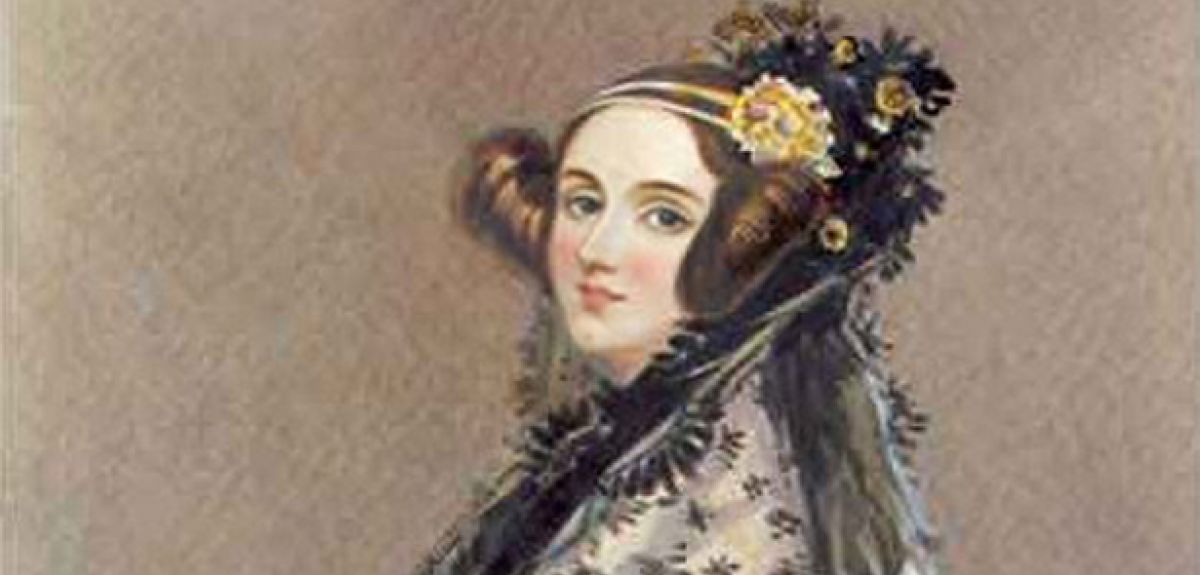
Celebrating 200 years since birth of Ada Lovelace
Celebrations are beginning for the 200th anniversary of the birth of computer visionary Ada Lovelace in December.
In an article published in 1843, Ada Lovelace imagined a future in which programmable machines would be essential to the progress of science, and might even be used to create art and music.
Many of her letters are stored in the Bodleian Library and now being heard for the first time on BBC Radio 4, voiced by Oscar-nominated actress Sally Hawkins. The first episode of the two-part series is out now.
The Bodleian Library is running a display from 13 October to 18 December which will allow visitors to see Ada's exercise books, childhood letters, correspondence with Charles Babbage, a newly found daguerreotype, and a new archive discovery showing computational thinking in action – Lovelace, Babbage, magic squares and networks.
A symposium held at the Mathematical Institute, led by the Department of Computer Science and supported by TORCH | The Oxford Research Centre in the Humanities will present her life and work and contemporary thinking on computing and artificial intelligence, on 9 and 10 December.
Ada, Countess of Lovelace (1815–1852), is best known for a remarkable article about Charles Babbage’s unbuilt computer, the Analytical Engine. This presented the first documented computer program, to calculate the Bernoulli numbers, and explained the ideas underlying Babbage’s machine – and every one of the billions of computers and computer programs in use today.
Going beyond Babbage's ideas of computers as manipulating numbers, Lovelace also wrote about their creative possibilities and limits: her contribution was highlighted in one of Alan Turing’s most famous papers 'Can a machine think?' Lovelace had wide scientific and intellectual interests and studied with scientist Mary Somerville, and with Augustus De Morgan, a leading mathematician and pioneer in logic and algebra.
Oxford's celebration is led by the Bodleian Libraries and the University of Oxford’s Department of Computer Science, working with colleagues in the Mathematics Institute, Oxford e-Research Centre, Balliol College, Somerville College, the Department of English and TORCH | The Oxford Research Centre in the Humanities.